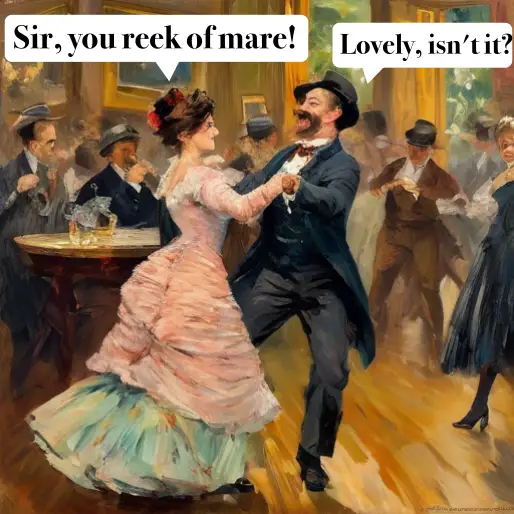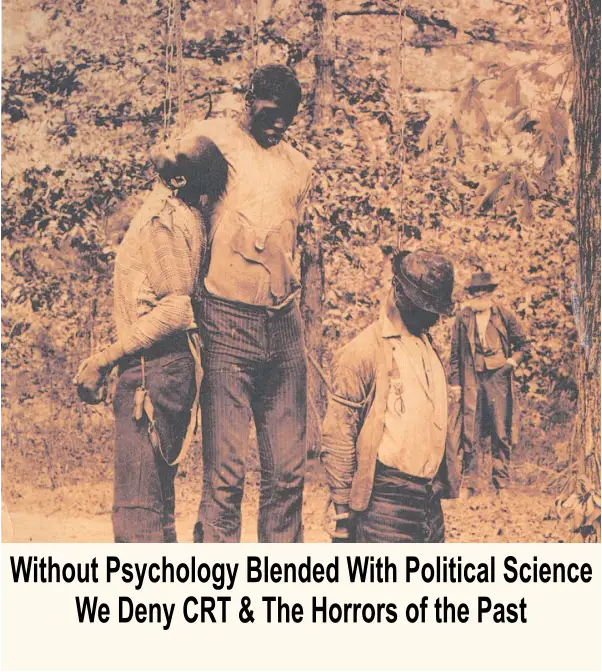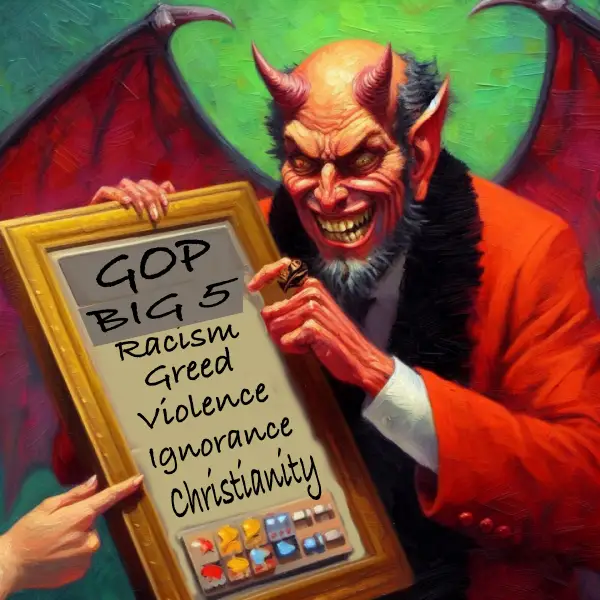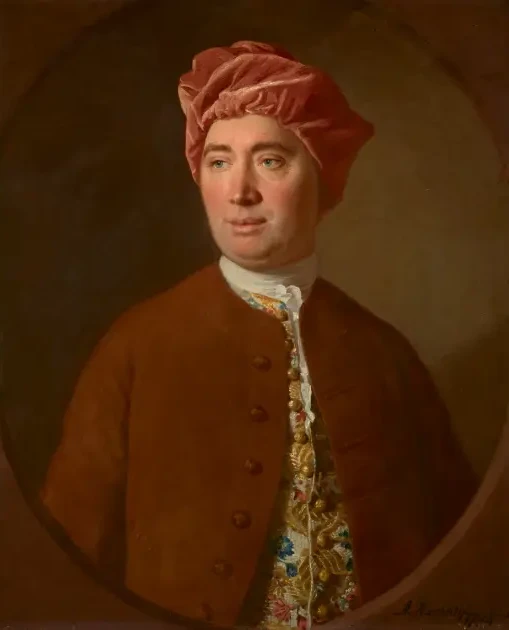Table of Contents
The Abnormality of Republicans
One of the most interesting classes I took in my Master of Science program in Developmental Psychology was Abnormal Psychology, in which we studied the myriad ways people are crazy and fucked-up. Madness is sexy. Madness associated with violence, crime, and incomprehensible, indescribably ugly conduct is particularly interesting and may lead to your very own True-Life Crime shows, or perhaps equally disconcerting to becoming a card-carrying member of today’s GOP.
Most Developmental Psychology is based on studying how “normal” or “healthy” people grow and develop or fail to do so. One of the great debates in all of Psychology has always been between nature and nurture, the impact of life experiences on our psychological make-up and of the stuff we’re born with, our hereditary equipment much of it stamped into our DNA and our genes on the other side of the debate.
Although most of my formal study in psychology was close to fifty years ago, I have always related it to how we can use our understanding of human personality to make our lives and the lives of others better. I’ve always maintained my interest in and attention to Developmental Psychology. The debate about nature and nurture always seemed ridiculous to me. But in looking at the present-day American drift towards fascism and authoritarian rule, our dismissal of democracy, fair play, and justice in the name of order and power, it seems wise to reexamine who we are and how we got to where we are.
We are so obviously a blend of both nature and nurture. Disposition in humans seems obvious from our earliest days, and whether Freud’s theory of infantile sexuality, Jung’s magical thinking about racial memory, Becker’s ideas about our denial of death or Erikson’s beliefs that we are always and totally social beings and that we become who we become by our successes and failures in our social connecting or even the work of Skinner and his behaviorists, whichever of these theories you lean towards, the universal truth is that individual differences between people, even identical twins, surface as we grow and we become more and more ourselves, unique, inimitable and on our own.
How can we explain people growing up in the same families, same environments turning out so differently from one another, one a fascist authoritarian, the other fervently pro-freedom and democracy? Developmental Psychology suggests that both personality type and moral development play critical roles.
The Theory of Big Five Personality Traits
The Big 5 personality traits are a widely accepted model of human personality that describes five broad dimensions: openness, conscientiousness, extraversion, agreeableness, and neuroticism. Each trait denotes a spectrum of behaviors and preferences, in which individuals reside within a trait’s continuum. The Big 5 personality traits are thought to be influenced by both genes and the environment, and they can predict important life outcomes such as education, health, and happiness. Here is a brief overview of each trait:
Openness reflects how open a person is to new ideas, experiences, and perspectives. Openness high scorers are often curious, imaginative, and creative. Low scorers in openness may prefer routine, practicality, and conventionality.
Conscientiousness measures how organized, disciplined, and goal-oriented a person is. High scorers on conscientiousness are often reliable, hard-working, and careful. Low scorers in conscientiousness may be more impulsive, spontaneous, and careless.
Extraversion indicates how much a person is energized by social interactions and external stimuli. Extraversion high scorers are often outgoing, friendly, and fun-loving. Low scorers in extraversion may be more reserved, quiet, and thoughtful.
Agreeableness reflects how cooperative, compassionate, and trusting a person is. Agreeableness high scorers are often kind, helpful, and empathetic. Low scorers in agreeableness may be more competitive, skeptical, and assertive.
Neuroticism describes how sensitive a person is to stress and negative emotions. Neuroticism high scorers are often anxious, insecure, and moody. Low scorers in neuroticism may be more calm, confident, and stable.
The Big 5 personality traits are a widely used model of personality that describes five broad dimensions of human behavior: The theory of the Big 5 emerged from several independent lines of research in the 20th century, but it was not widely recognized until the 1980s and 1990s.
In that my formal education in Developmental Psychology was in the mid-1970’s, the Big 5 is a theory I’ve had to play catch-up on. But seeing as how my emphasis in research was on Individual Personality characteristics in the development of Moral Reasoning, familiarity with this area of research feels necessary and important. Given the confusion about morality in this era, perhaps a history lesson is in order. Let’s take a look at how theories of moral reasoning blend and overlap with the theory of the Big 5 in personality development.
In 1958, Ernest Tupes and Raymond Christal, research psychologists at the U.S. Air Force, made one of the first efforts to discover the basic dimensions of personality. They examined data from eight big groups of personality assessments and identified five common factors, which they called Surgency, Agreeableness, Dependability, Emotional Stability, and Culture. But their work did not get much attention from the scholars at that time.
Other researchers, like Lewis Goldberg, Raymond Cattell, and Warren Norman, also applied factor analysis to personality traits in the 1960s and 1970s and found comparable outcomes. They suggested different labels for the five factors, such as Extraversion, Friendliness, Conscientiousness, Neuroticism, and Intellect.
The breakthrough came in the 1980s, when Paul Costa and Robert McCrae developed a comprehensive questionnaire to measure the five factors, called the NEO Personality Inventory. They also provided extensive evidence for the validity and reliability of the model, as well as its cross-cultural applicability. They coined the term "Big Five" to refer to the five factors and popularized the acronym OCEAN (or CANOE) to remember them.
Since then, the Big 5 personality traits have become the most widely accepted and researched model of personality in psychology. They have been used to study various aspects of human behavior, such as motivation, emotion, health, well-being, relationships, and performance.
Lawrence Kohlberg’s Theory of Moral Development & Reasoning
Kohlberg’s theory of moral reasoning is a psychological theory that describes how people form their moral sense and comprehension. Kohlberg suggested that there are six phases of moral growth, split into three tiers: pre-conventional, conventional, and post-conventional. Each phase shows a different way of reasoning about what is good and bad, based on individual, social, or universal standards.
Here is a brief summary of the six stages:
Pre-conventional level: At this level, morality is based on the consequences of actions and the rewards or punishments they bring. People at this level obey rules to avoid pain or gain pleasure, or to serve their own interests.
- Stage 1: Obedience and punishment orientation. People at this stage follow rules to avoid being punished by authority figures.
- Stage 2: Self-interest orientation. People at this stage act to satisfy their own needs and sometimes the needs of others if it benefits them.
Conventional level: At this level, morality is based on the expectations of others and the maintenance of social order. People at this level conform to rules to gain approval or avoid disapproval, or to uphold the law and the common good.
- Stage 3: Interpersonal accord and conformity. People at this stage act to please or impress others, especially those who are close to them or have influence over them.
- Stage 4: Authority and social-order maintaining orientation. People at this stage follow rules and laws to maintain social stability and respect authority.
Post-conventional level: At this level, morality is based on the individual's own reasoning and understanding of universal ethical principles. People at this level question the validity of rules and laws and judge them according to their own values and beliefs.
- Stage 5: Social contract and individual rights orientation. People at this stage recognize that rules and laws are based on social agreements that can be changed for the benefit of society and the protection of individual rights.
- Stage 6: Universal ethical principles orientation. People at this stage adhere to self-chosen moral principles that are consistent and universal, such as justice, equality, and human dignity.
Kohlberg created his theory by giving people moral problems and asking them to explain their choices. He cared more about the logic behind the options than the options themselves. He thought that moral growth is affected by mental growth, social interactions, and education.
My research into personality characteristics of moral development was based on my hypothesis that certain characteristics of personality would be more highly correlated with higher or lower moral reasoning. Some factors were already proven and understood. Gender mattered in that females matched with males for age tended to reason at a higher level than their male counterparts. Also, people with higher IQ’s reasoned at higher levels. I controlled these known variables and searched for other high correlations.
My research indeed confirmed my hypothesis and found additional statistically significant differences in individuals who achieved via independence and people with a general sense of well-being. These groups were significantly more advanced in moral reasoning than people who achieved via conformity and those with a more fearful view of life.
Sound familiar in the political alignment of American society today?
Hate talk radio, FOX news, and other rightwing sources of infotainment feed raw red meat of anger and disinformation to their viewers and listeners all day, every day. MAGA has all the elements of a conformist cult built around a singularly angry, aggrieved, malignant narcissist whose followers can see no wrong in him. If you look closely and carefully at the factors of personality of the Big 5 types and at Kohlberg’s levels of moral reasoning, an inescapable conclusion is that the split in American society today can be traced to factors largely beyond the control of individuals, and therefore is and will remain difficult if not impossible to correct. Question? Comment? Rebuttal?
Question? Comment? Rebuttal?Copy the article's title or link to send with your response.















